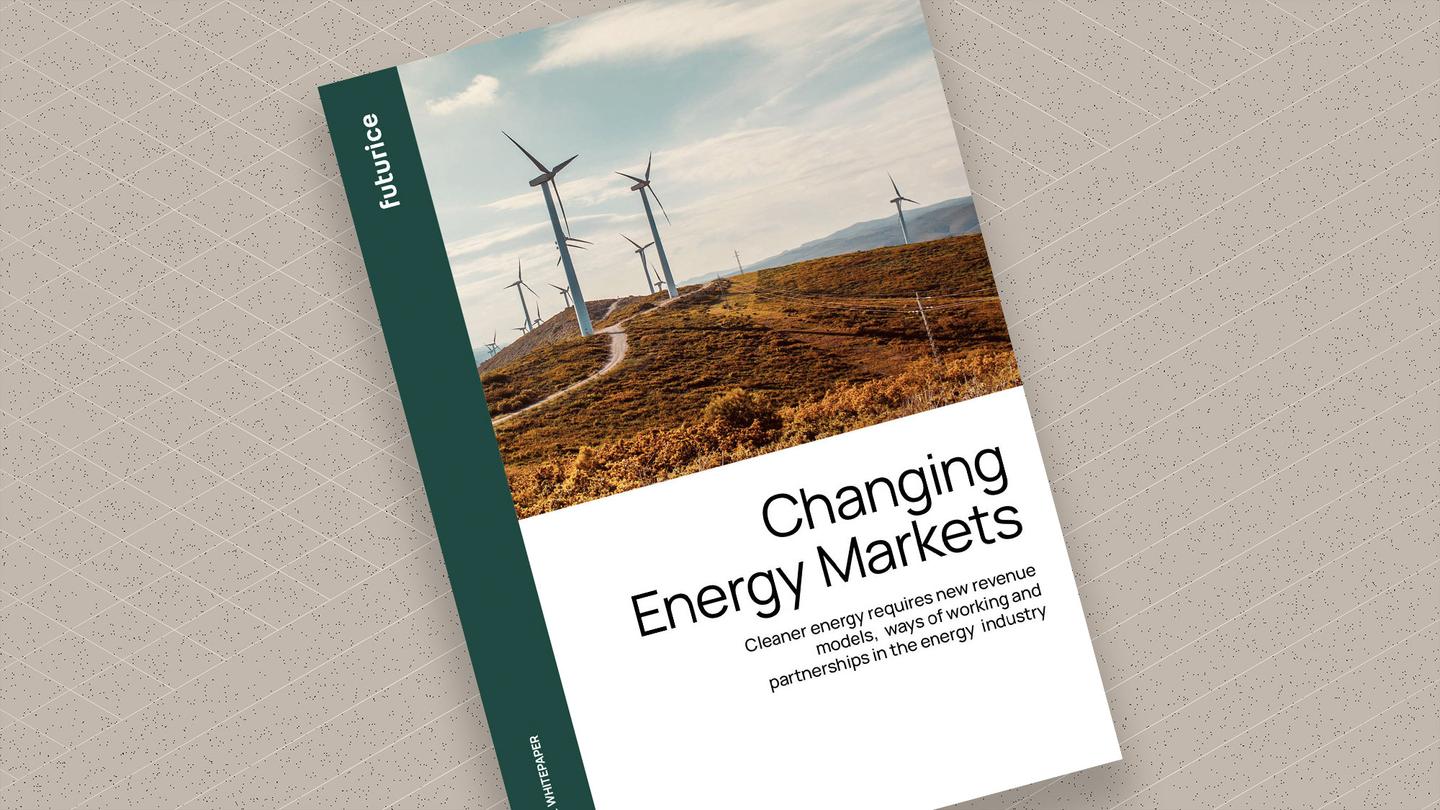Harnessing GenAI and digital innovation to combat labor shortages in the Energy sector
Facing a labor shortage and increased complexity from transitioning to renewable energy, the energy sector needs strategic solutions. This blog explores how harnessing GenAI and digital innovation can address these challenges. Through practical case studies and insights, we demonstrate how customized solutions can improve efficiency, support operational staff, and ensure sustainable growth in the rapidly evolving energy landscape.

The energy sector is currently navigating a complex transition from fossil to renewable energy sources and decentralized energy grids – transformations that require a new set of skills and operational approaches. One of the biggest challenges on the way is an impending labor shortage that threatens to disrupt key operational areas, specifically ranging from jobs around installation, planning, to repair & maintenance and technical support. Germany for instance is facing a significant shortage of skilled workers in the energy transition sector, particularly in the most needed jobs within solar power, HVAC and mobility. According to various reports, the shortage is expected to be around 200,000 to 300,000 skilled workers by 2030. This issue is set to escalate even more as a significant portion of the existing workforce approaches retirement age.
While attracting and retaining new talent is the overall objective, e.g. through intensifying recruiting efforts, better compensation or accelerated education programs, deploying the existing workforce more efficiently and improving the installer experience at large are additional levers to increase the attractiveness of these jobs and the efficiency of business processes. To effectively address these challenges, strategic solutions that optimize the deployment of existing resources and enhance operational efficiency are needed. One building block for this is the integration of AI-powered knowledge management systems and efficient support processes.
In addition to the need to train new talents quickly and to qualify them for certain jobs faster, there is also the need to provide holistic support to people who carry out these activities in their day-to-day work. In light of the transition from fossil to renewable energy sources, completely new challenges occur for the personnel along the entire employee lifecycle – no matter if you have to switch from installing gas boilers to electric heat pumps, or move from repairing internal-combustion-engines to battery electric vehicles. This ongoing change in such a dynamic environment makes the previous separation of "learning & qualifying" and "working & value creation" obsolete and highlights the need for lifelong learning solutions.
1. Learning on the job through gamification-based micro- and nano-learning experience design (LXD)
Re- or up-skilling the existing workforce is not an easy task, as learning opportunities have to be carefully balanced with billable working hours while order books are full. Imparting knowledge in small units through bite-sized micro- or nano-learning therefore is gaining increasing importance. Fast, individual, continuous, and entertaining - this is how modern learning on the job is structured. Modular training allows for the tailored delivery of learning content based on the individual's experience and goals, saving time and increasing motivation. Gamification approaches additionally foster engagement and comparison between individuals and teams. Moreover, generative artificial intelligence ("GenAI") can be used to (re-)create new learning content for specific roles and enable those learning experiences while keeping corporate investments low within limits: By leveraging GenAI, educational developers and learning designers can save time while personalizing learning pathways for every learner, authoring learner experiences, projects, and courses. However, it's important to strike a balance between the strengths of GenAI and human ingenuity, as human involvement is essential in certain domains. If you're interested in how these micro-learning experiences can work in practice, you might want to take a look into the learning platform we built for Wärtsilä, a Finnish manufacturing company for solutions in marine and energy.
2. GenAI-powered Knowledge Management and Support Services
Apart from learning, people need to be equipped with the right information at the right time at the right place in order to tackle new issues they might have never met before and provide psychological support. Unfortunately, the reality looks different: today in many cases technicians, engineers and other roles still have to access multiple pages long PDF-based maintenance and repair manuals in different, disintegrated systems in order to find help. If they don't, they manually have to create tickets for experts of different levels to take a look and provide support. Oftentimes, besides the manual effort to send a request, there's a delay until one gets an answer from an expert.
From our research experience, often vicious cycles can be found where technicians sometimes rather create directly a request for support than try looking up the information themselves in the according wikis and databases. This is not their fault, but the result of systems which require too much effort to find an answer on their own – leading to roughly written tickets filled with dummy data and finally resulting in overloaded support ticket backlogs, response delays and frustrated experts and workers alike.
For instance, consider a scenario where a technician encounters a technical issue during an installation of an energy storage unit. By utilizing GenAI embedded in the knowledge management system, the technician could scan the product with a mobile device and have conversation with the technical documentation, review similar past issues, and even pull product condition data in real-time. This not only reduces downtime but also enhances operational efficiency. Moreover, digitisation offers another layer of efficiency. In a customer support environment, GenAI can efficiently handle routine queries, freeing up human resources for more complex problem-solving tasks. However, the successful implementation of such systems requires a comprehensive understanding of the existing data and systems, processes, roles, responsibilities, as well as the unique needs and pain points of the operational personnel.
3. Customized Solutions: Paving the Way for Successful Energy Transition with Futurice
Companies in the energy sector, with their intricate and complex operational environment, off-the-shelf solutions reach their limits. Customized solutions that integrate seamlessly with existing legacy systems and provide immediate value are, therefore, the most effective approach. This is where Futurice excels, providing companies with a strategic competitive advantage. We specialize in understanding people's individual needs, mapping complex systems and processes and in designing, developing, and implementing customized solutions that enhance knowledge management and support processes. By leveraging our in-depth understanding of the industry and its unique challenges, we create solutions that not only address the current labor shortage but also prepare our clients for the future.
By leveraging digital innovations, companies in the energy sector can ensure their continued growth and success in the future energy landscape. We warmly invite strategy executives and heads of operations in the energy sector to explore the potential of our digital innovation expertise. Together, we can navigate the challenges of today and shape the energy sector of tomorrow.
 Simon MessmerLead Service Designer, Berlin
Simon MessmerLead Service Designer, Berlin




